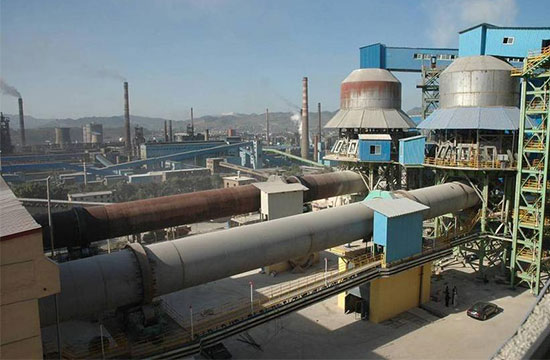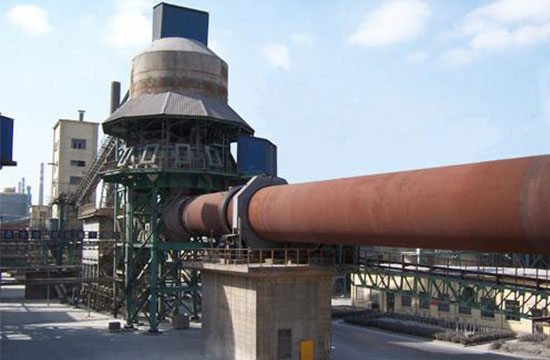Energy Saving Magnesium Rotary Kiln from ZK Corp
Date:2019-10-29 Source:zk corp Views:
Magnesium oxide is produced by thecalcination of magnesium carbonate or magnesium hydroxide or by the treatment of magnesium chloride with lime followed by heat. Calcining at different temperatures produces magnesium oxide of different reactivity. High temperatures 1500 - 2000 °C diminish the available surface area and produces dead-burned (often called dead burnt) magnesia, an unreactive form used as a refractory. Calcining temperatures 1000 - 1500 °C produce hard-burned magnesia which has limited reactivity and calcining at lower temperature, (700-1000 °C) produces light-burned magnesia, a reactive form, also known as caustic calcined magnesia.
Magnesium rotary kiln is a calcining equipment used in the production of magnesium oxide. ZK is one of professional rotary kiln manufacturers in China, and we can provide complete sets of equipment of magnesium production line.

The following will introduce the production of light burned magnesia, dead burned magnesia, fused magnesia.
1. Light burned magnesia
Light burned magnesium oxide, also known as light burning magnesium, which is calcining magnesite, brucite and magnesium hydroxide extracted from the sea water or brine about 800 ~ 1000 degrees centigrade, so that the decomposition of CO2 or H20 discharge, that is light burned magnesium powder, also known as light burning magnesia, caustic magnesia or light burning magnesium, commonly known as earth powder. Light burned magnesium powder has loose texture and chemical activity, and is used for the manufacture of magnesium cement, magnesite building materials products, and thermal insulation materials.
Common light-burned magnesium oxide is usually adopted high-grade magnesite to calcined into light burned magnesium. Magnesite can be put into the rotary kiln after crushed and manual selection, and got calcination at the temperature of 700 ~ 1000 degrees centigrade for 1 ~ 1.5 hours, most of the CO2 escapes, then become light burned magnesium oxide. The main chemical reaction is: MgCO3- MgO + CO2.
2. Dead burned magnesia
Selection of natural magnesite as raw materials, formed by high-temperature calcination. MgO content is generally 87% to 90%. The calcining method is divided into two type of vertical kiln and rotary kiln.
Vertical kiln: the fuel is coke, heavy oil or gas. There is 24 ~ 30 hours that ore from the top poured to the bottom released.
Rotary kiln: the fuel is oil, coal, and natural gas, and so on. The advantages is high degree of mechanization, large production, even calcination, high purity production, big density. Calcination time is 2 ~ 3 hours.
3. Fused magnesia
The preparation of fused magnesia by arc melting is the use of magnesium-containing materials as the basic raw materials (such as magnesite, hydromagnesite, light burned magnesium oxide, dead burned magnesia, etc.). In different types of electric melting furnace though electric arc heating (greater than 3000 degrees centigrade), the magnesium raw materials in the furnace can go through a series of physical and chemical changes in the process of heat, decarbonization (using magnesite), dehydration (using brucite), melting, crystallization, crystal growth, cooling and so on, and made with a variety of physical properties of fused magnesia. And then through the processing of these crystals, they can become into dissolved magnesium oxide which adapt to a variety of different applications.

Magnesium rotary kiln is a new type energy-saving rotary kiln designed by ZK which has own patent and formed dolomite calcination standard for magnesium industry in China. If you want to get the latest quotation of rotary kiln prices, please contact us.

